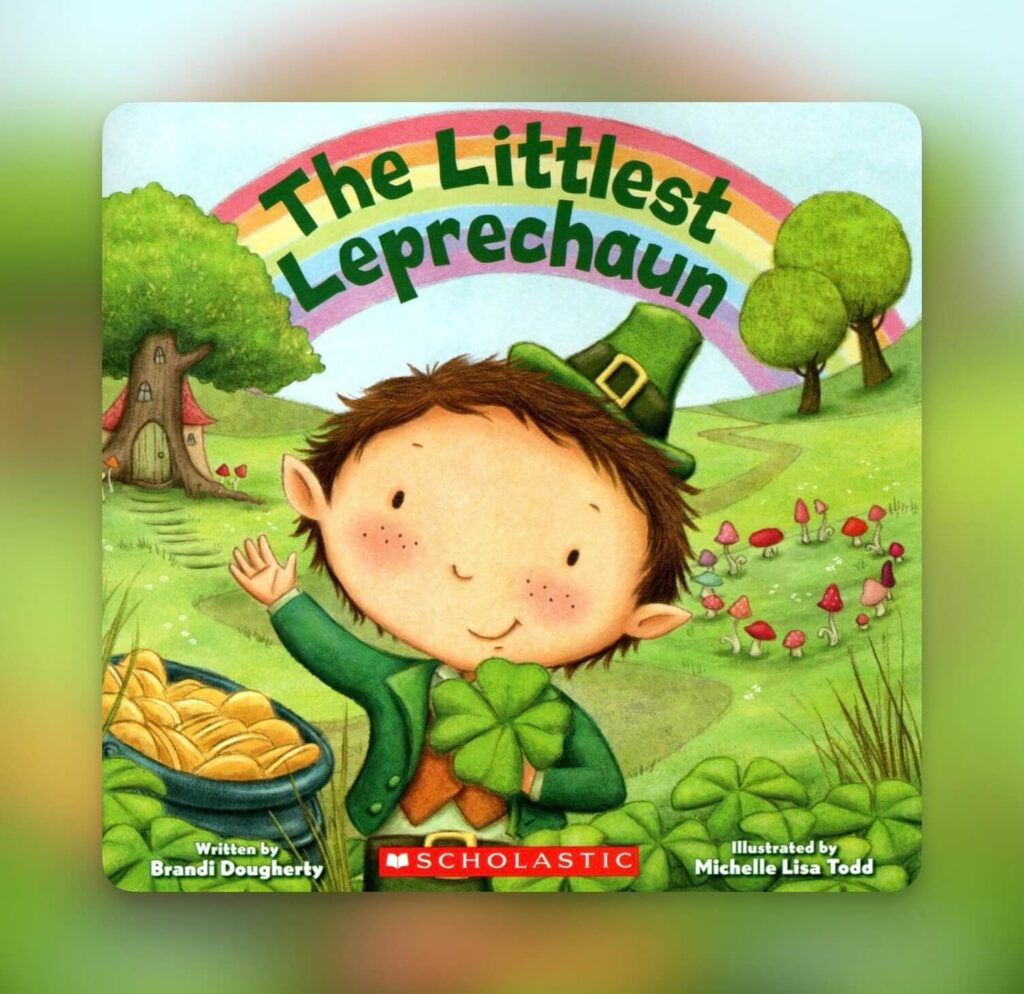How to Encourage a Love of Reading in Young Children
Cultivating a love of reading in young children can be one of the most rewarding experiences for parents and educators alike. Reading not only enhances a child’s language skills but also stimulates their imagination, improves concentration, and fosters a lifelong love of learning. But with so many distractions in today’s world, how do we make reading an enjoyable and integral part of a child’s life?
Keep in mind that the key to encouraging a love of reading is to make it a fun and engaging activity. It’s important to choose the right books, create a conducive reading environment, and lead by example. This article will guide you through various strategies to instill a love of reading in young children, ensuring they grow up to be enthusiastic readers. For more insights on finding the right books for your child, you can check out our guide on how to find age-appropriate books for your child.
Get an Engaging Book

One of the first steps in encouraging a love of reading is to get an engaging book that captures your child’s interest. Books like “Silly McGilly,” an adorable tale about a playful leprechaun, can be a fantastic choice. The story is not only captivating but also interactive, allowing children to engage with the character and anticipate his next trick. This kind of book can make reading a fun and exciting adventure.
A big plus of choosing engaging books is that they can hold your child’s attention and make them look forward to reading time. Characters they can relate to or find amusing can create a lasting impression, making them eager to read more. By selecting books that are both fun and educational, you can make the reading experience enjoyable and enriching for your child.
Start Early: Reading from Birth
Starting early is crucial when it comes to fostering a love of reading. Reading to your child from birth can significantly impact their language development and cognitive abilities. Even though infants may not understand the words, the rhythm and melody of reading can be soothing and stimulating. This early exposure can set the foundation for a lifelong love of books.
Note that reading to your child from a young age can also strengthen the parent-child bond. The close physical contact during reading time creates a sense of security and comfort for the child. Additionally, it establishes a routine that they can look forward to every day. For more benefits of reading to your child at night, you can explore our article on what are the benefits of reading to your child at night.
Create a Reading-Friendly Environment
Creating a reading-friendly environment is essential to encourage a love of reading. Designate a cozy reading nook in your home where your child can comfortably sit and explore books. Fill this space with a variety of books that are easily accessible for your child. A well-lit, inviting space can make reading a pleasant and relaxing activity.
One advantage of a dedicated reading area is that it signals to your child that reading is a special and enjoyable activity. Decorate the space with colorful cushions, a small bookshelf, and perhaps some of their favorite book characters. This can make the reading nook a place they want to visit often, fostering a positive association with reading.
Lead by Example: Be a Reading Role Model
Children often mimic the behavior of adults, so being a reading role model can significantly influence their attitude towards reading. Let your child see you reading books, newspapers, or magazines. Share your excitement about what you’re reading and discuss interesting stories or facts with them. Your enthusiasm can be contagious and inspire them to pick up a book.
A benefit here is that when children see reading as a common activity in the household, they are more likely to develop an interest in it themselves. Reading together can also become a shared activity that strengthens your bond. By showing that you value and enjoy reading, you can instill the same appreciation in your child.
Choose Engaging and Age-Appropriate Books
Selecting age-appropriate books is crucial for maintaining your child’s interest in reading. Books that are too challenging can be frustrating, while those that are too simple may not hold their attention. Look for books that match your child’s reading level and interests. Picture books, interactive books, and rhyming books are excellent choices for young children.
One advantage of choosing the right books is that it can make reading a more enjoyable and rewarding experience for your child. Engaging books with colorful illustrations and relatable characters can captivate their imagination and make them eager to read more. By regularly updating their book collection with age-appropriate titles, you can keep their interest alive and encourage a love of reading.
Make Reading a Fun and Interactive Activity
Reading doesn’t have to be a passive activity. Make it interactive by asking questions, discussing the story, and encouraging your child to predict what will happen next. Use different voices for characters, incorporate props, or even act out scenes from the book. This can make reading a lively and engaging experience.
A big plus of making reading interactive is that it can enhance your child’s comprehension and critical thinking skills. Engaging with the story in different ways helps them understand the plot, characters, and themes more deeply. It also makes the reading experience more enjoyable, fostering a positive attitude towards books.
Storytime Routines: Consistency is Key
Establishing a consistent storytime routine can make reading a regular part of your child’s day. Set aside a specific time each day for reading, whether it’s before bed, after school, or during a quiet afternoon. Consistency helps create a habit and makes reading an expected and cherished part of their routine.
One advantage of a regular storytime is that it provides a sense of stability and structure for your child. Knowing that they have a dedicated time for reading each day can make them look forward to it. It also ensures that reading becomes a priority, even on busy days, helping to instill a lifelong love of books.
Visit the Library Together
Regular trips to the library can be a fantastic way to encourage a love of reading. Libraries offer a vast selection of books, often including special sections for children with engaging and age-appropriate titles. Let your child explore the shelves, choose their own books, and participate in library events or storytime sessions.
A benefit here is that visiting the library can make reading an exciting outing rather than just a home activity. The variety of books available can also introduce your child to new genres and authors, broadening their reading horizons. By making library visits a regular part of your routine, you can foster a sense of adventure and discovery in your child’s reading journey.
Encourage Participation in Reading Programs
Many libraries and schools offer reading programs designed to motivate children to read more. These programs often include reading challenges, rewards, and special events. Encourage your child to participate in these programs to make reading a more social and engaging activity.
One advantage of reading programs is that they can provide external motivation and a sense of accomplishment for your child. The challenges and rewards can make reading a fun and competitive activity, encouraging them to read more. Participating in these programs can also connect them with other young readers, fostering a sense of community and shared enthusiasm for books.
Use Digital Resources Wisely
In today’s world, digital resources can be a valuable tool for encouraging a love of reading. E-books, audiobooks, and educational apps can provide a different medium for children to enjoy stories. However, it’s important to use these resources wisely and ensure that they complement traditional reading rather than replace it.
A big plus of digital resources is that they can make reading more accessible and convenient. Audiobooks, for example, can be a great option for long car rides or bedtime stories. E-books can offer interactive features that enhance the reading experience. By using digital resources in moderation, you can provide a balanced and diverse reading experience for your child.
Conclusion
Encouraging a love of reading in young children involves a combination of choosing the right books, creating a conducive environment, and making reading a fun and engaging activity. By starting early, leading by example, and incorporating regular storytime routines, you can foster a lifelong love of books in your child. For more tips on how to make reading fun for kids who don’t like books, check out our article on how to make reading fun for kids who don’t like books.
Keep in mind that every child is different, so it’s important to be patient and flexible in your approach. Celebrate their progress, no matter how small, and continue to nurture their love of reading. With the right strategies and a bit of creativity, you can make reading an enjoyable and integral part of your child’s life.







